Street Fight: The Chicago Taxi Wars of the 1920s
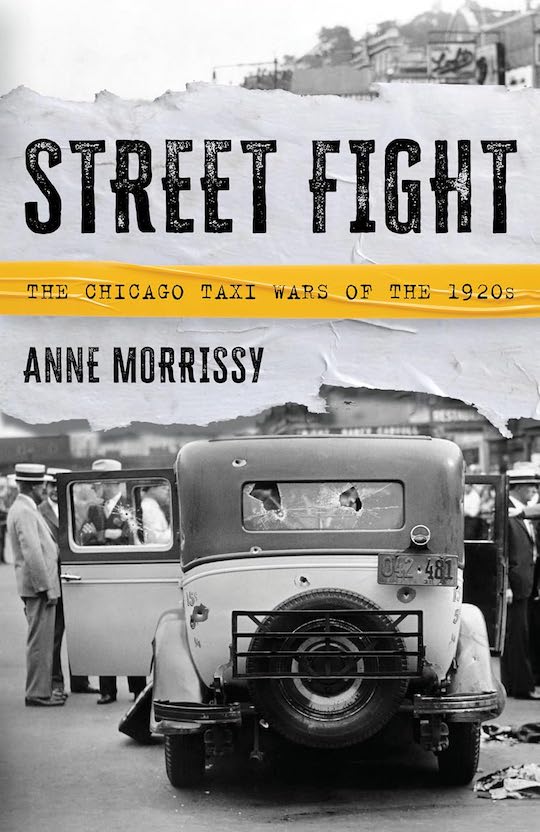 by Anne Morrissy
by Anne Morrissy
“All told, the Taxi Wars involved everything from sophomoric pranks to cold-blooded murder, from domestic terrorism and mass shootings to extortion, voter intimidation, bribery, jury tampering, and securities fraud. The body count was truly stunning.”
The time is 1916 to about 1929, the place Chicago, and you’ll recognize the name of at least one of the main protagonists right away: Hertz, as in rental cars. But before that, John D. Hertz was involved in a different type of car-for-hire business, taxi cabs. He was the cofounder and president of the Yellow Cab Company (not to be confused with New York City’s three year older Yellow Taxicab Co.). His opposite number was Morris Markin, founder and president of the Checker Cab Mfg. Co.
The press wrote about taxi wars already years before the period this book examines. If you’ve never heard of them, you’re not alone. Even Chicagoans whose business it is to know their city’s history have recorded their surprise at the revelations in this book and also the connections it makes. Author Morrissy and her assistant were surprised too by where their research led but after spending hundreds of hours keyword-searching digital newspaper databases and poring over microfilms there really was no question this all was not merely an urban myth, or in her case a family myth because she actually has a relative who plays a role in the proceedings. To support the factual side of her story, she selected over a thousand newspaper clippings along with legal filings, business records, and tidbits gleaned from a complete set of the Yellow Cab employee newsletter “Taxigram” that had once been presented to one such employee, Morrissy’s aforementioned great-grandfather. As a proper book of history should, all these sources are referenced by means of end notes and there is a fine Index too—but that this story reads like a crime thriller rather than a dry litany is thanks to her “passion for narrative history.” Just looking at the entertaining Chapter and Part titles on the Table of Contents manifests that this is not an idle boast.
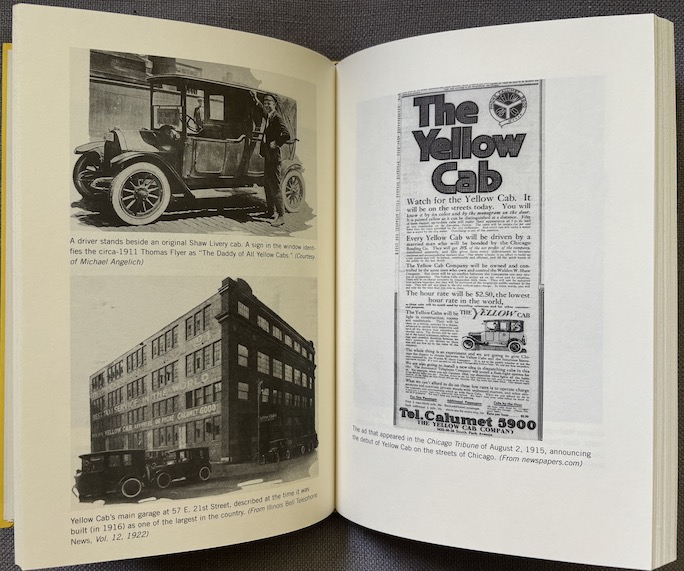
Top left: “The Daddy of All Yellow Cabs,” a 1911 Thomas Flyer. Below it the multi-story garage and repair shop, “one of the largest in the country.”
Morrissy qualifies as a native herself, splitting her time between the Windy City and Wisconsin. Foreigners often mistake “windy” for a reference to weather—and wind at the lakefront can be literally breathtaking—but it’s about politics, and grandstanding and corrupt politics at that. And in a roundabout way this explains why this story plays out there and not somewhere else. After all, taxis were not a new thing. In fact, the newly founded Chicago services touted specifically that they were “European-style,” meaning a cab could now be hailed right on the street or at cab stands, and that the driver was to be paid in cash on the spot as opposed to the previous charge account model which catered to a different clientele (and therefore used posh cars, at higher prices). This obviously implied that drivers now had to carry change, but that is only one reason why they became targets—to competing drivers and/or their employers, and to all manner of hooligans. Mass shootings, bombings, targeted murders, political corruption, jury and witness tampering, extortion, race riots, transit strikes all speak to much larger causes; they have as much a place in this story as do trade unions, the pay-to-play factor of securing lucrative contracts from hotels or clubs, as well as ancillary topics such as inner city traffic management, population growth, employee training and benefits, or the manufacture of taxi cabs. As an aside, both Yellow Cab and Checker Taxi pioneered ethnically diverse workforces, employed women, and offered almost unprecedented levels of medical and other benefits.
A most appreciated feature is that Morrissy expresses dollar values in period and current terms; both on the low end (cf. driver compensation) and the high end (cf. company revenue, bribes) readers will surely be surprised how different a world this was.
There are only a few pages of b/w photos but once you know what to look for you can strike out on your own and find imagery and sources. Speaking of looking for things, this book utilizes an unconventional way of dealing with the end notes: rather than numbering them, which would then correspond to a callout in the main text, here the main text puts everything for which there will be a note at the end into quotes—entire phrases—but it also puts actual quotes into quotation marks, meaning there are plenty of opportunities for confusion.
Copyright 2024, Sabu Advani (Speedreaders.info)


 RSS Feed - Comments
RSS Feed - Comments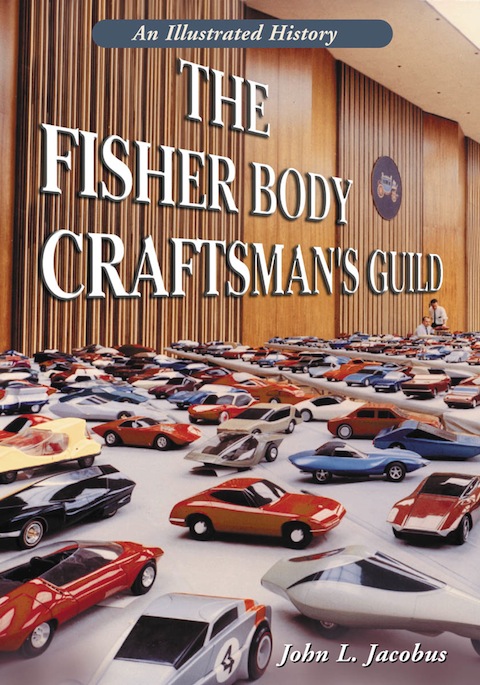


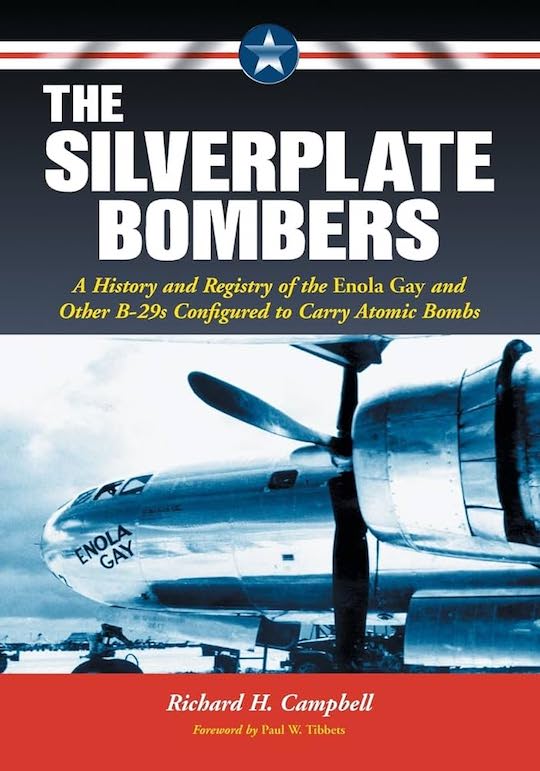
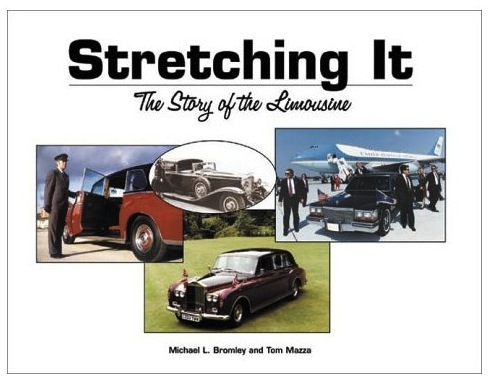


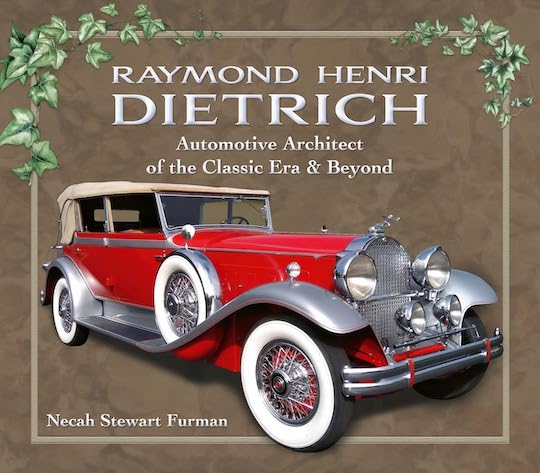


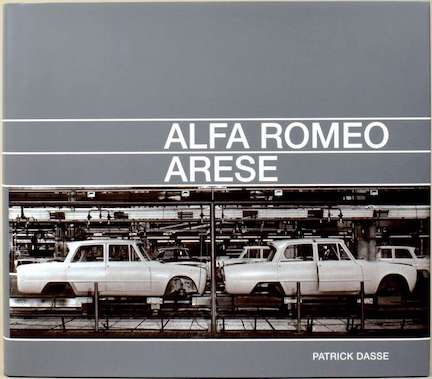
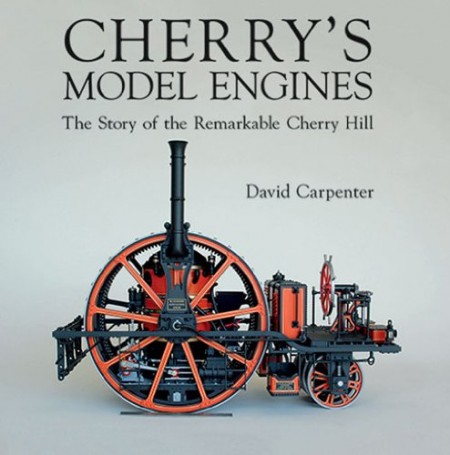

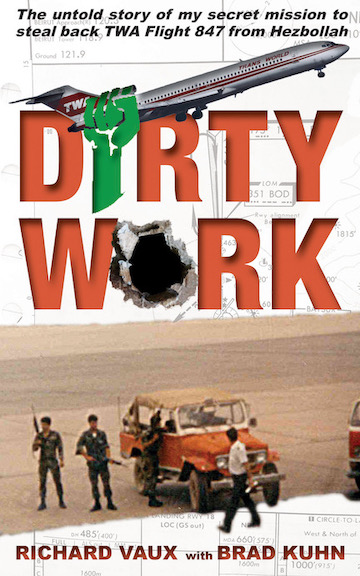
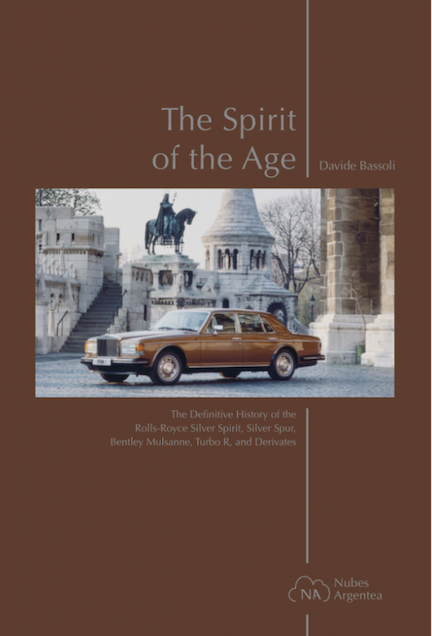
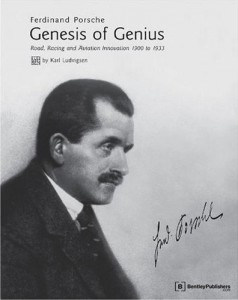

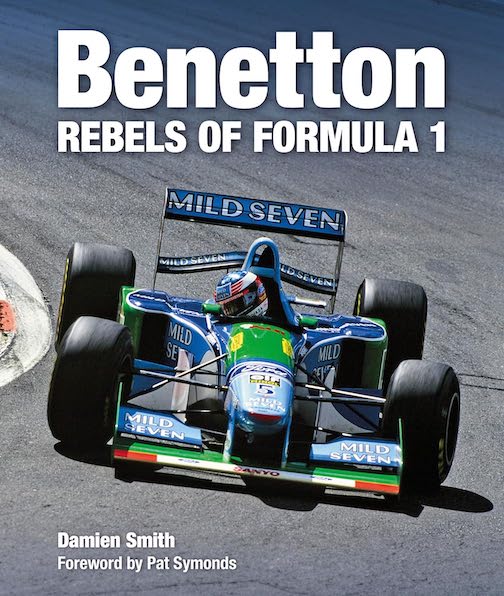
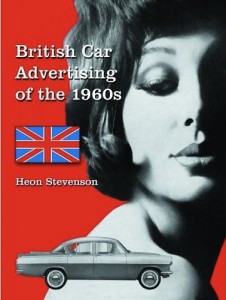

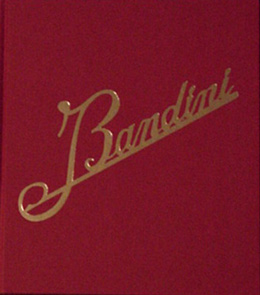
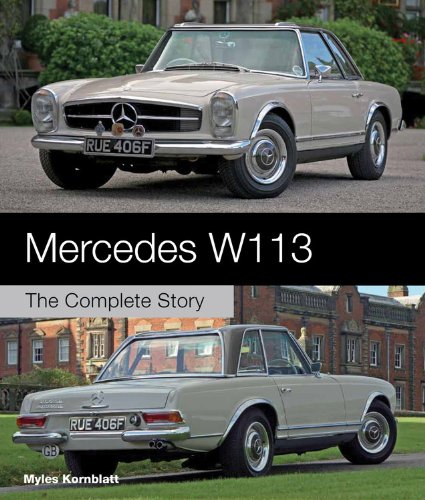
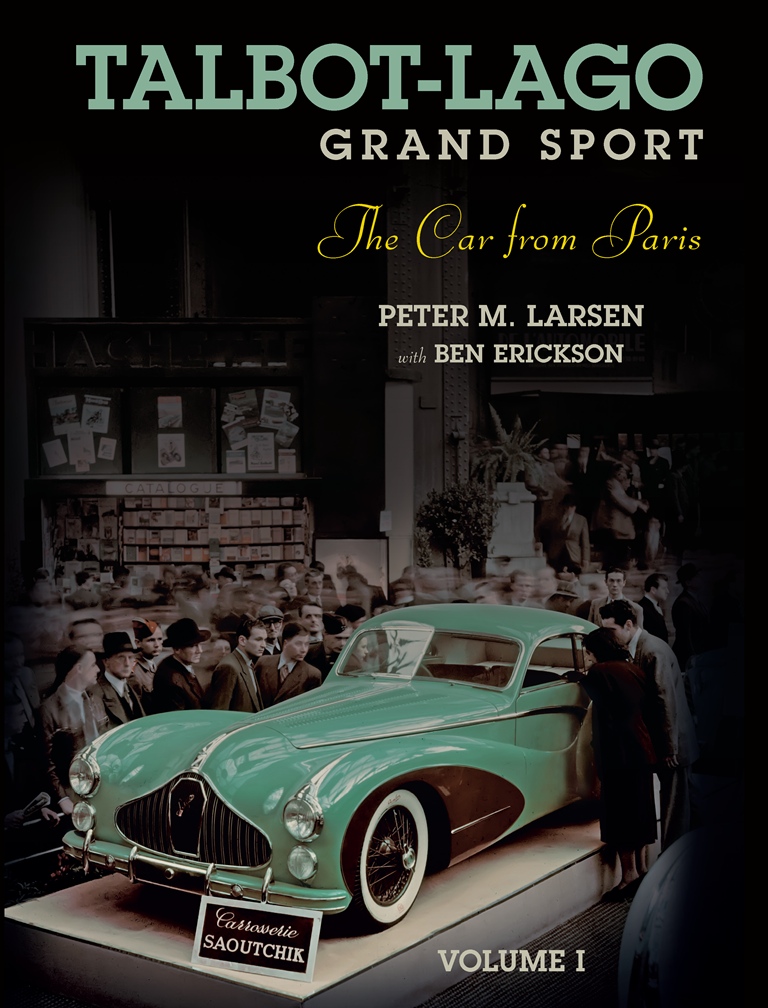
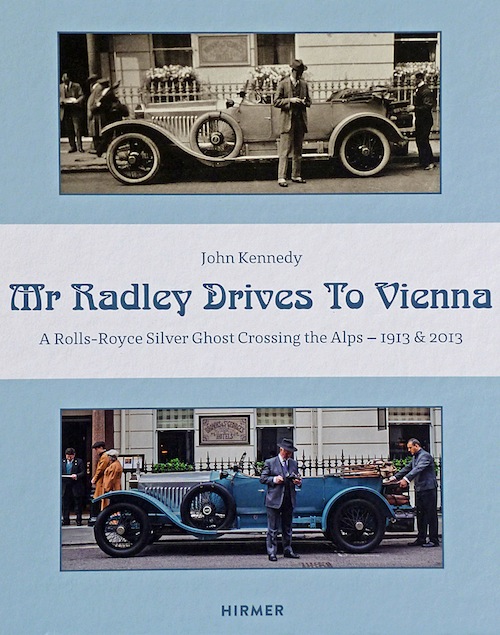

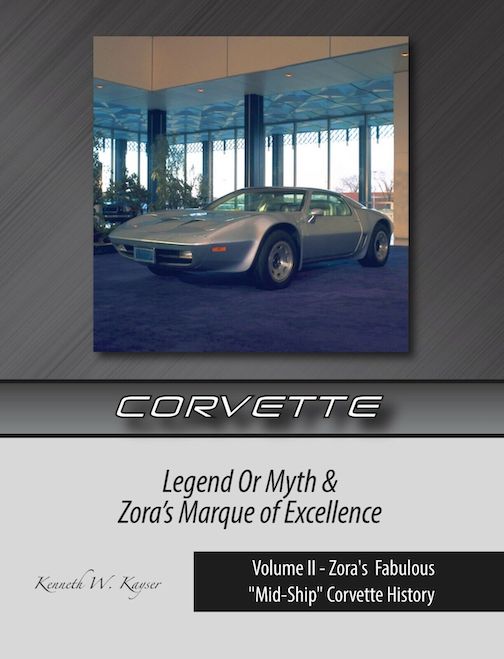
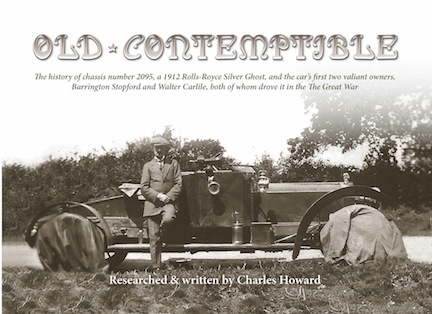
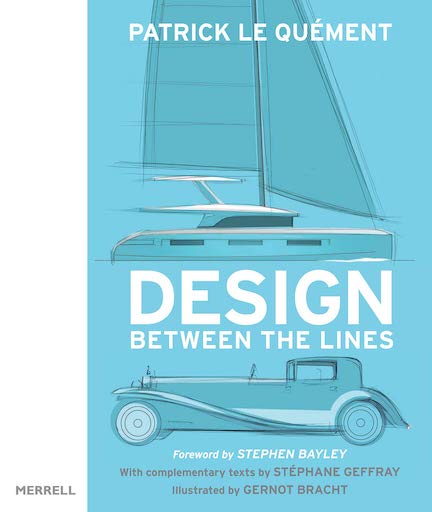


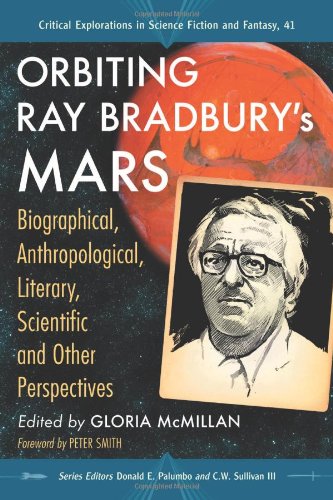
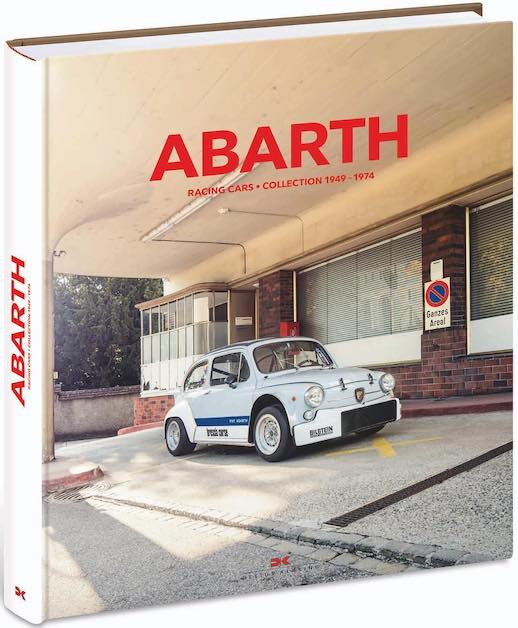
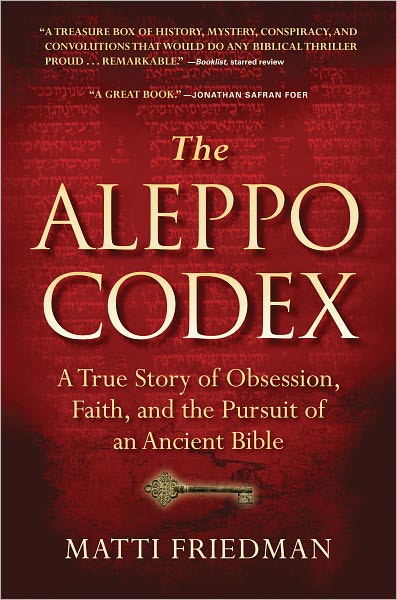

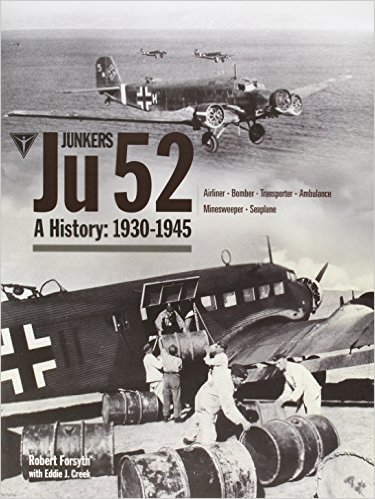

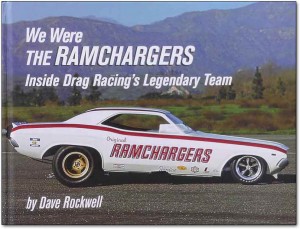
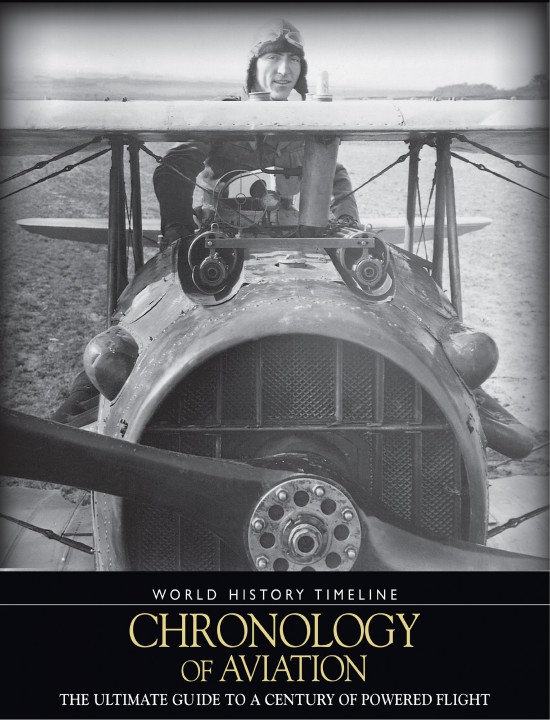

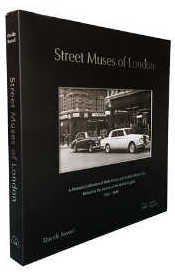
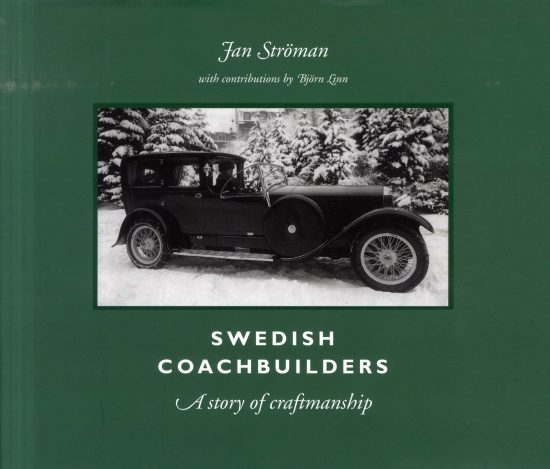

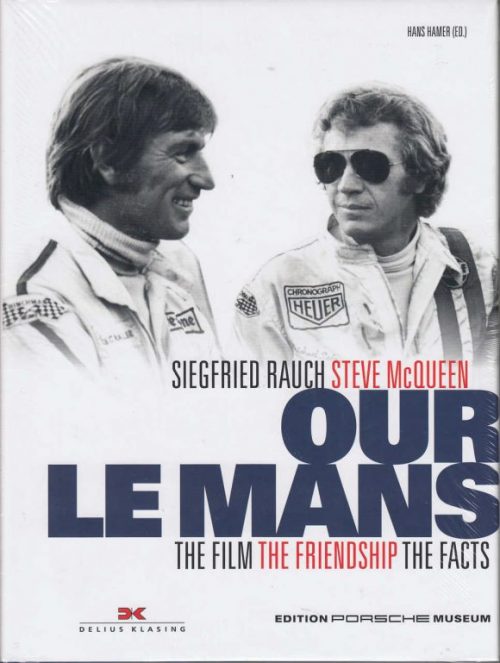
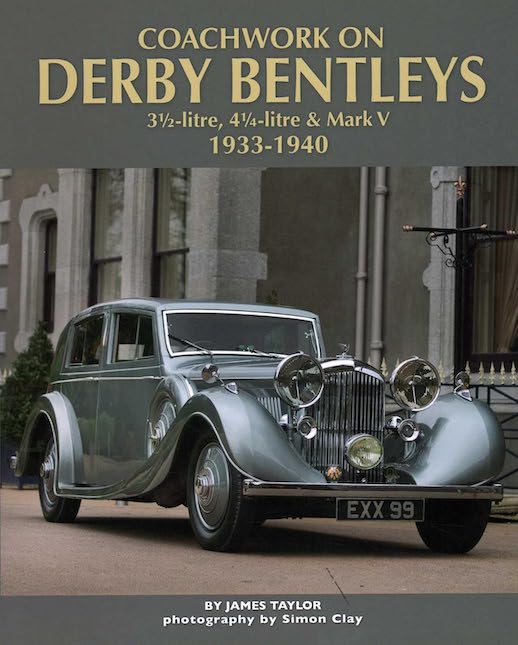
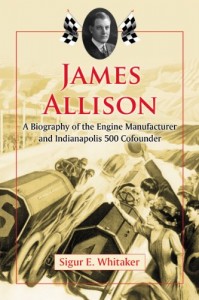
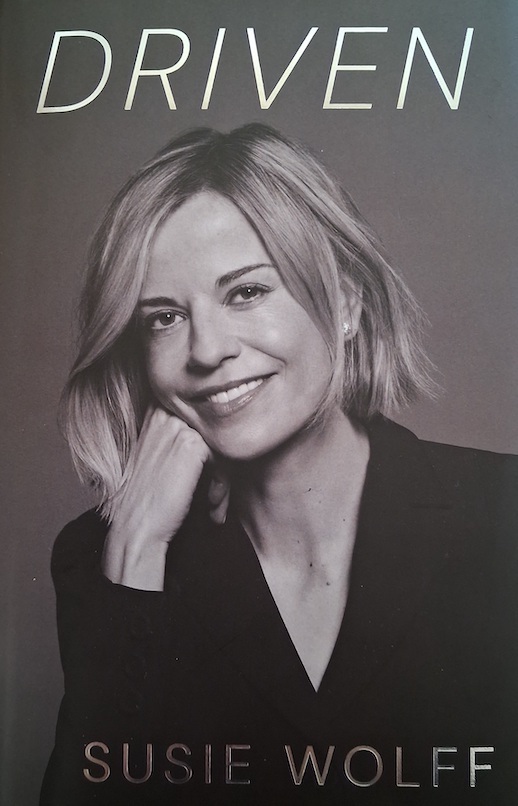
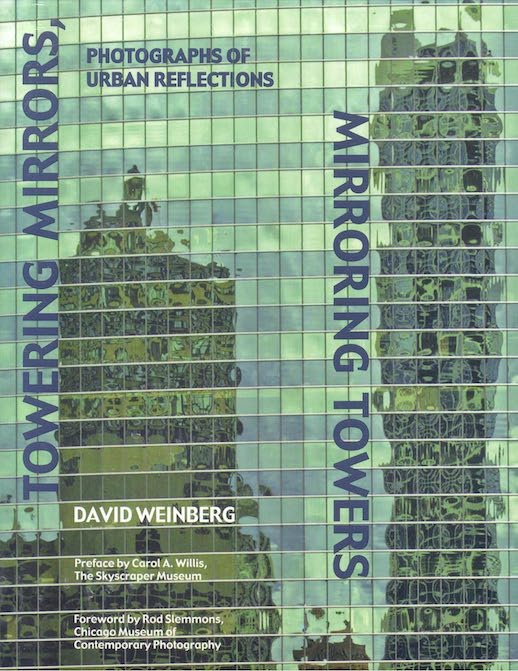
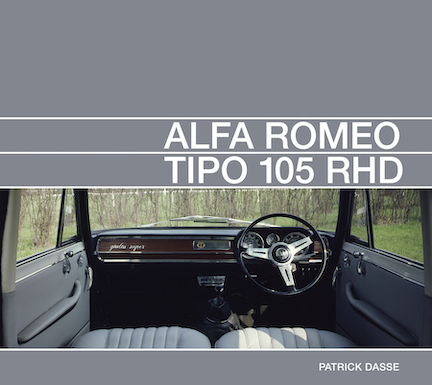
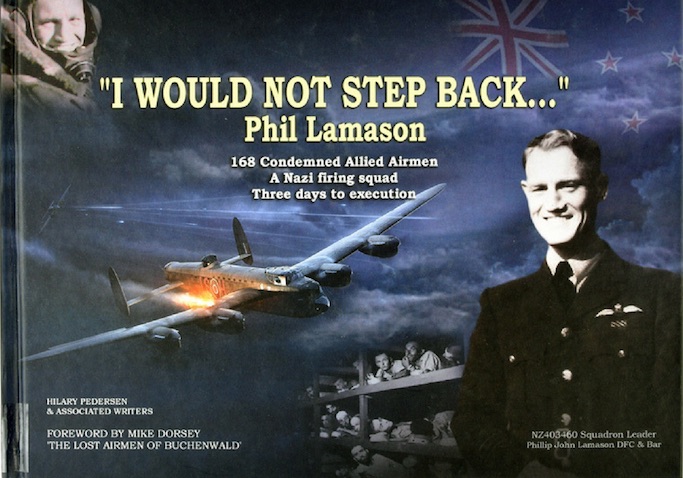

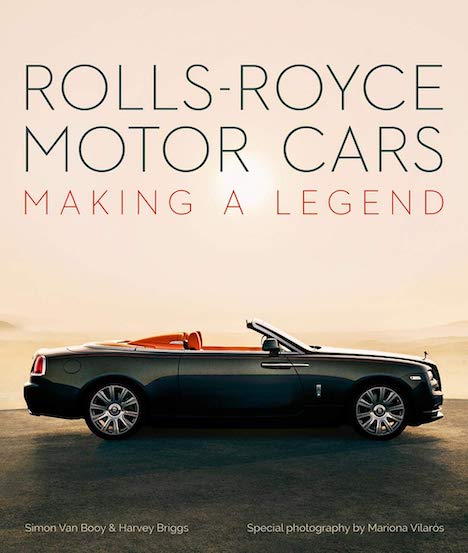
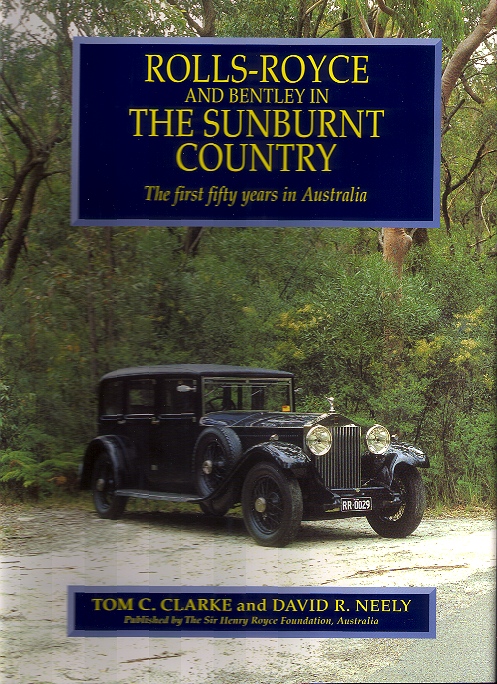
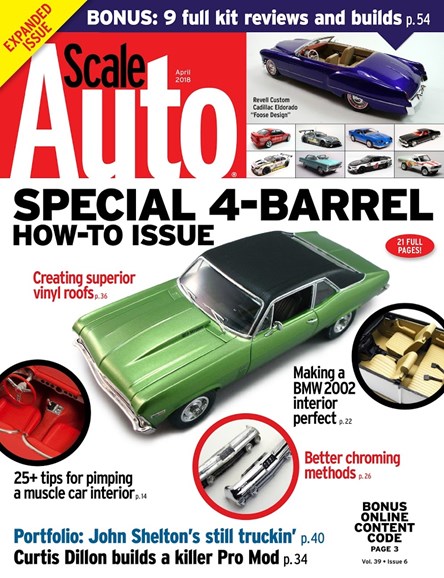
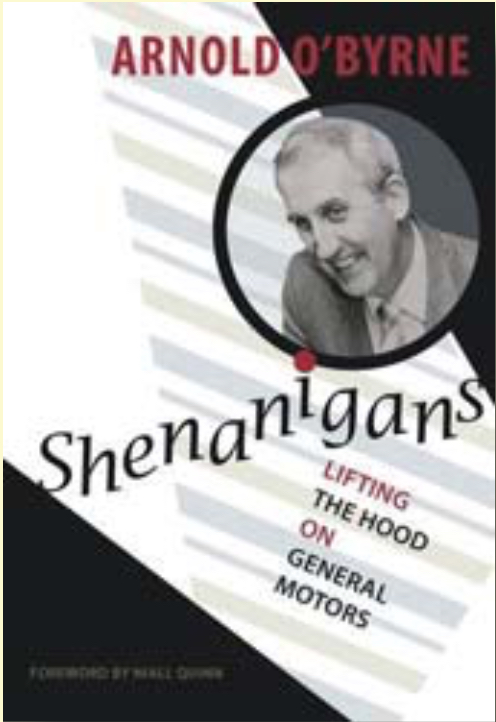
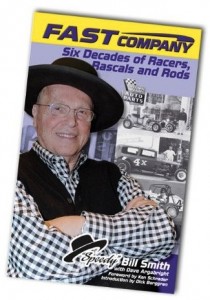

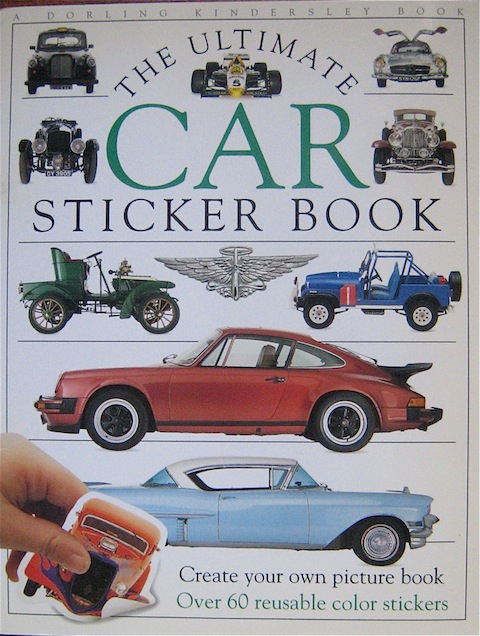
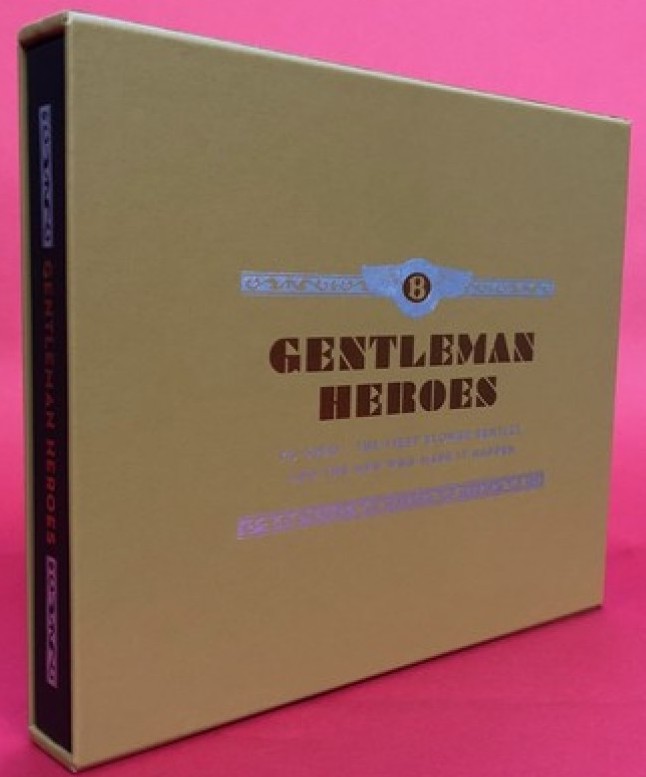
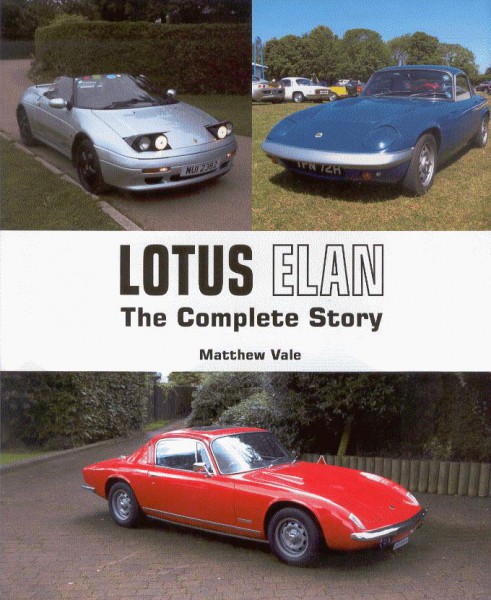


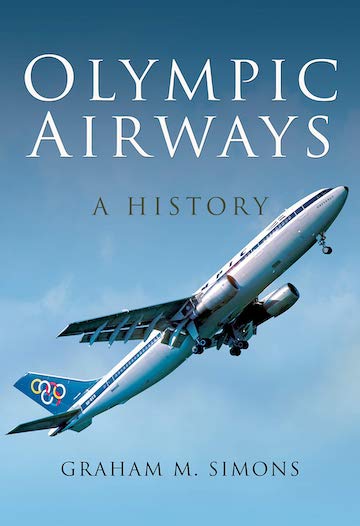
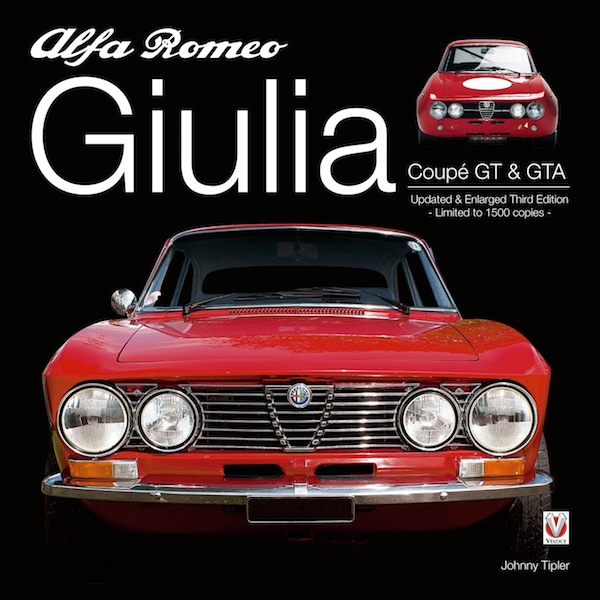
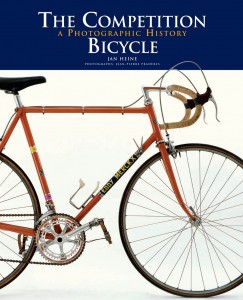
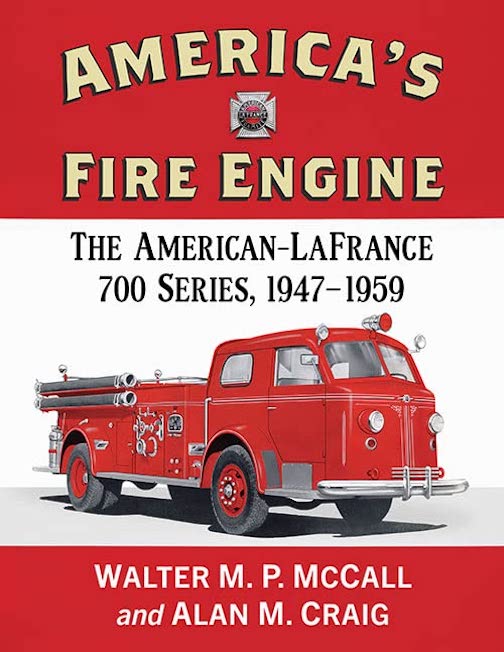
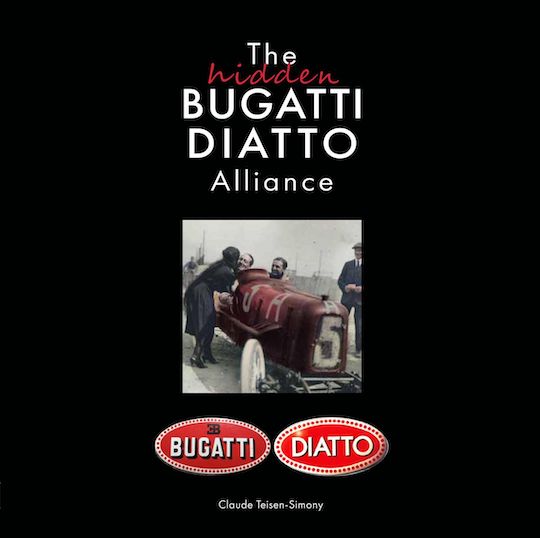

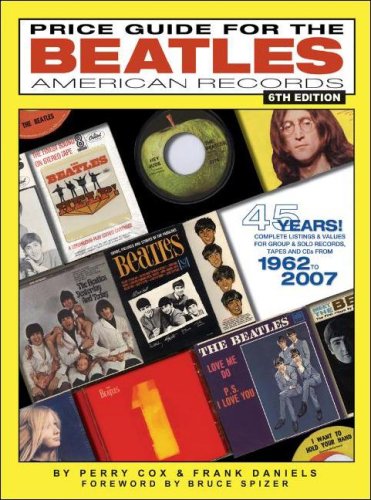

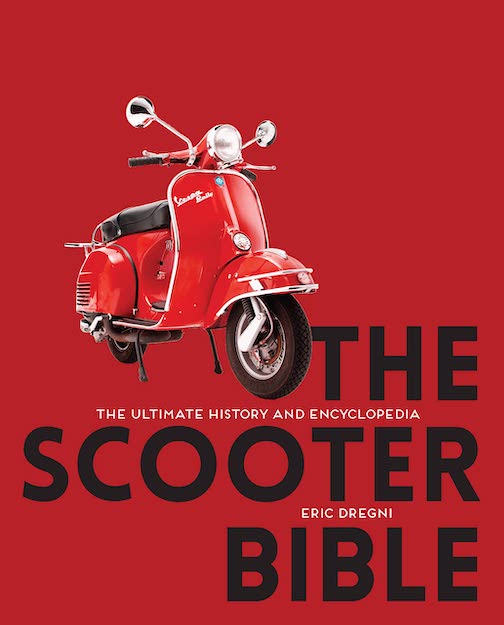

 Phone / Mail / Email
Phone / Mail / Email RSS Feed
RSS Feed Facebook
Facebook Twitter
Twitter